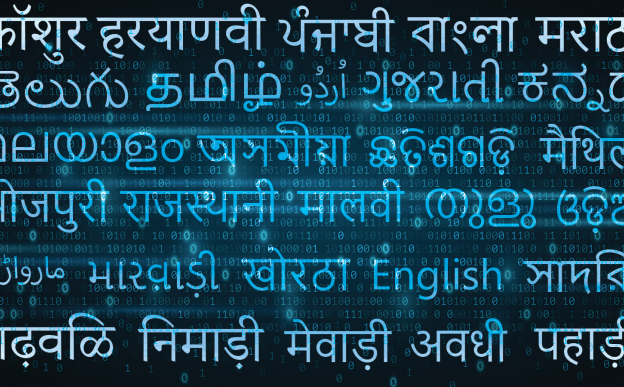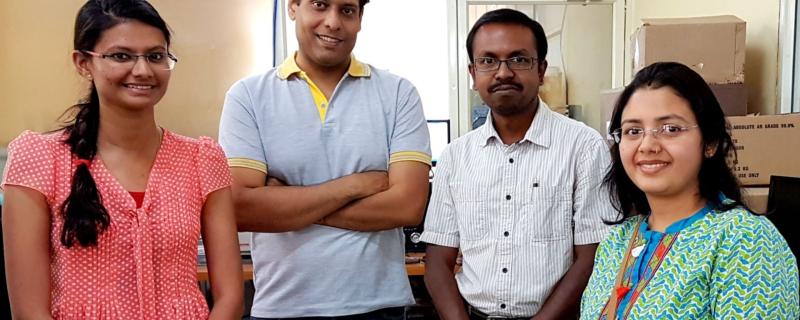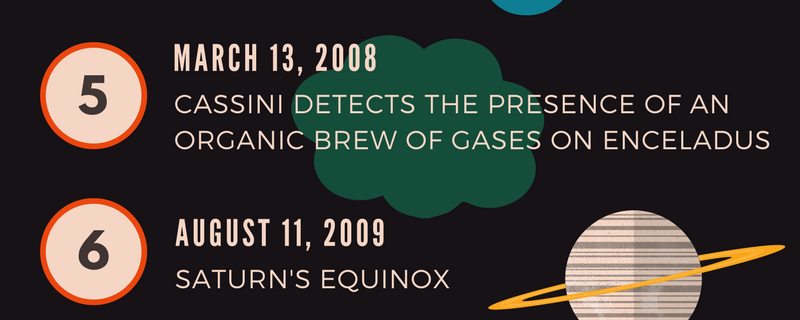Human hair has become all the more valuable, according to a spate of recent studies finding diverse applications of keratin, a protein found in our hair, in tissue engineering and stem cell research. Gone are the days when discarded hair was used for wigs, making fertilizers or in construction materials. Now, researchers have demonstrated the use of keratin derived from human hair as a scaffold to grow cells in bioengineering. The easy availability o f human hair and keratin makes research in tissue engineering very inexpensive, claim the researchers.
ఐఐటీ బాంబే, ఐఐటీ మద్రాస్ మరియు ఐఐఐటి హైదరాబాద్ పరిశోధకులు కలిసి ఆంగ్లం నుండి అనేక భారతీయ భాషలకు స్పీచ్-టు-స్పీచ్ యాంత్రిక అనువాదం (SSMT) వ్యవస్థను రూపొందించారు.
ముంబై/





